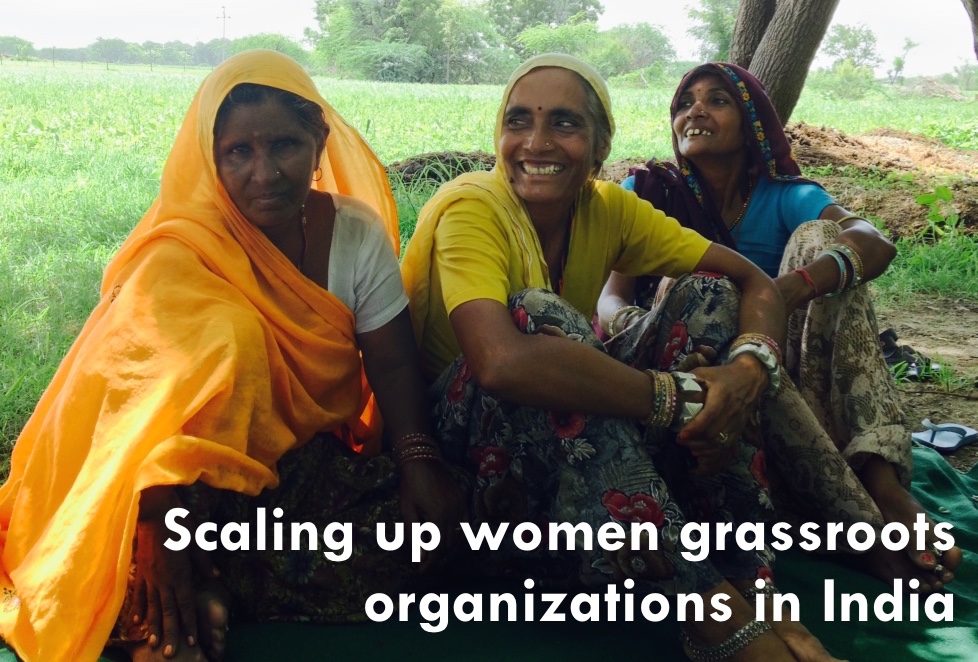Our task was clear: help these group of women involved in dairy production scale-up.
Each of these actors face a different challenge in terms of sustainability and scale: i) SHGs need to ensure that the livestock model is sustainable at a family level. This implies knowing that families can actually make a profit from getting cattle and selling the milk, and that they have mechanisms to deal with uncertainty (such as sickness of cows or bulls); ii) the Federation needs to be profitable and useful in terms of mobilizing resources for SHG groups; iii) Maitree needs to survive, be profitable and redistribute as many resources as possible back to SHG members. We decided to focus on this last one.
The women in Tonk had done plenty of progress: they started with small savings, then bought cattle, later produced milk for self-consumption, created a milk-collecting company and now were about to heap into the operationalization of a pasteurization plant. Some of these women, who were the CEOs of the firm, had just learned how to read or write. Thousands of dollars were on their hands.
Four things stood up to us:
•Commitment- We did
not see one single person that wasn’t fully engaged with the mission/vision
of the organization. It was contagious to
us, who after cant been able to stop thinking about dairy!
•Knowledge-
Agents understood the context, market, and the methodology to reach this women and create change at the grassroots levels. Not a single one of our questions were left unanswered. In fact, we learned more that what we imagined. The team had implemented world class methodologies for aspects such as
training for Pashu Sakis.
•Results-
they surrounded us throughout all out trip. On the numbers that resulted from
the Pashu sakis; on
the women who are visibly empowered; they were evident when we talked to people and heard their stories. However, we also realized that the women were not measuring these results, and that they were hard to report to donors.
•Opportunity- the
commitment, the knowledge and the experience for impact bring forth plenty of
opportunities. Individuals had the knowledge, and just needed to organize it.
However, the profitability of the company was on the line. As Ronnie Brodsky researched, the demand for milk in India is growing and most of it comes from the unorganized sector. However, the competition in the market of milk is fierce with Amul and Nestle having control over much of the market (Ajita Shashidhar, link). The following diagrams summarize the overall situation of the market:
To face this challenge, we broke the profitability problem of Maitree into pieces according to the following diagram:
First, we analyze revenue streams and mechanisms to increase prices and volume. In parallel, we analyzed ways to decrease expenses by reducing fixed and variable costs. To stabilize prices we covered the possibility of working in new products to have more value-added; ensuring an adequate supply of inputs for existing and new products; finding more buyers so as to have more power to negotiate; and differentiate the product. For each category, we analyzed the progress that the company had made so far, the challenges that lied ahead and identified potential actions to face these challenges. After doing this, we created an action plan with defined milestones and metrics to analyze if we were getting to them.
























